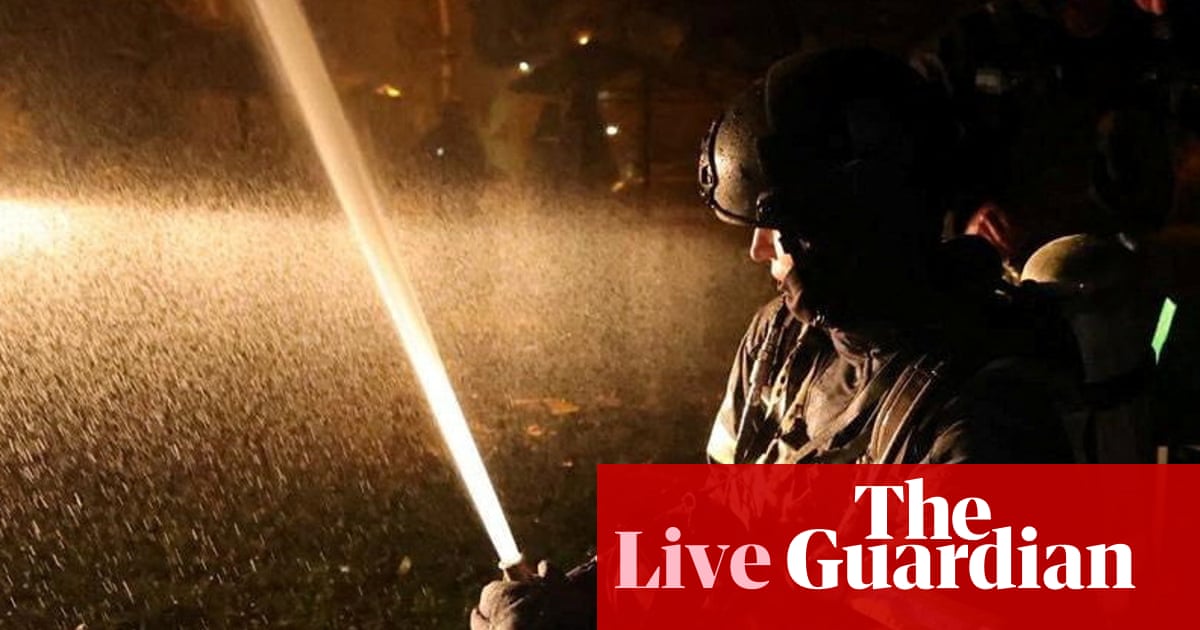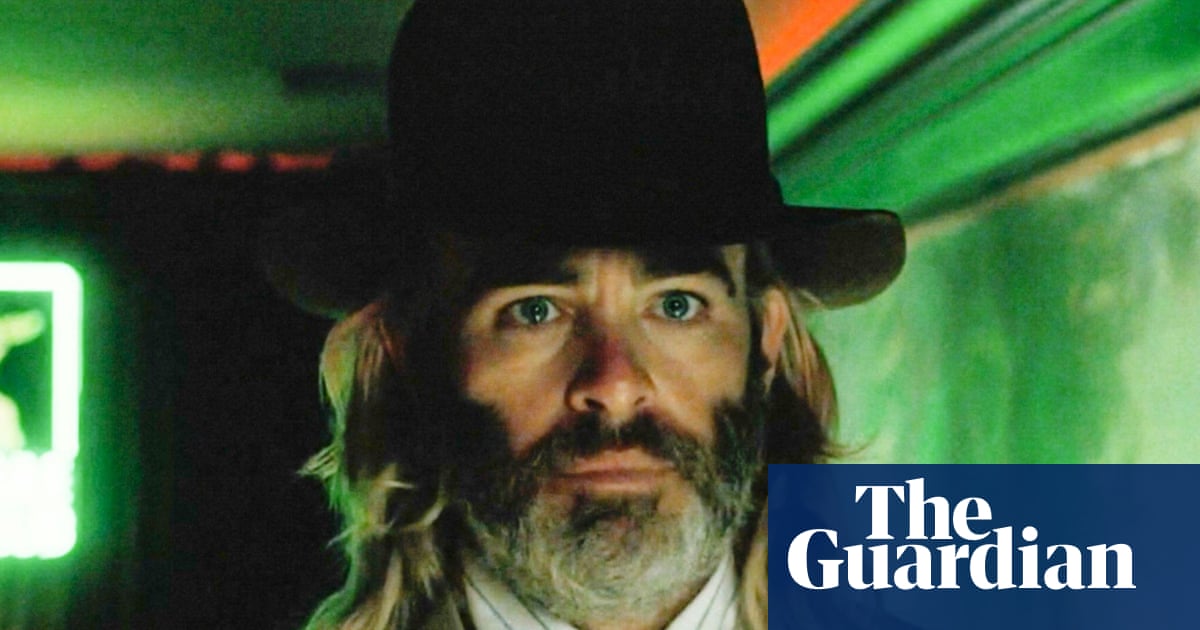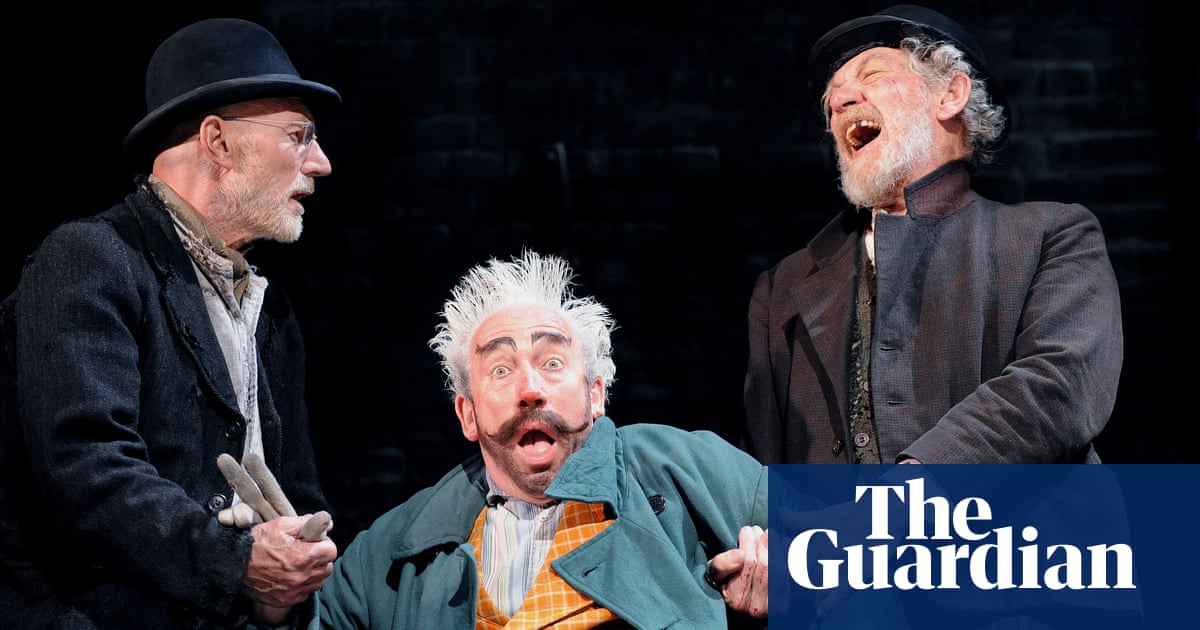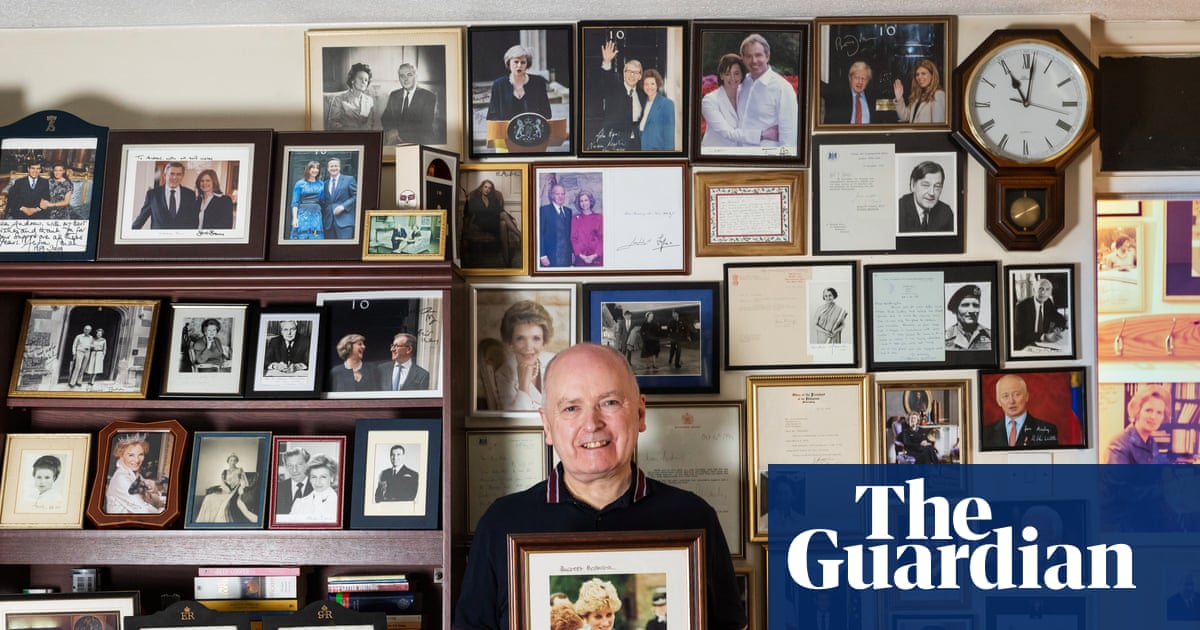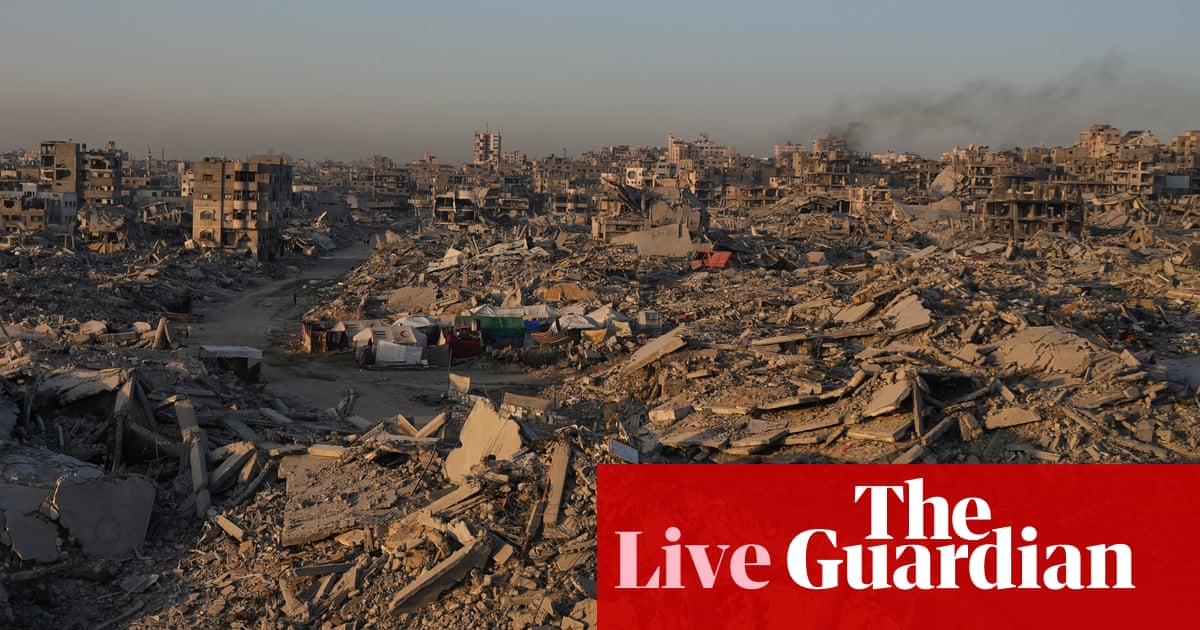Our fears turn feral when they have nowhere to go. South Korean author Bora Chung’s new short story collection plays with old horror tropes: endless corridors and looped staircases, exits that only lead you deeper, a phone that rings and rings (don’t pick up). The kind of stories dare-drunk children trade in the dark.
Set in a research facility known only as “the Institute”, a repository of cursed and haunted objects, Chung’s tales come from the building’s skeleton staff – warnings and gossip from the night shift. It’s a nod, perhaps, to Stephen King’s debut collection, 1978’s still brilliant Night Shift.
The objects in Chung’s Institute seem ordinary – a single shoe, an embroidered handkerchief – but they carry spectral and murderous weight. Some wait quietly, most don’t (be sure to lock your phone away: “ghosts like communication devices”). Every room has its own object, and every object its own story. The building is the book; the book is the building.
Horror writers have long used story collections as maps and floorplans. King has spent five decades charting the unheimlich corners of Maine, fable by dark fable. Mariana Enriquez haunts, and is haunted by, the ragged neighbourhoods of Buenos Aires. Ray Bradbury etched a blueprint on the body itself, a mortal cartography in The Illustrated Man. And beware room 63 in Daisy Johnson’s restless guesthouse (The Hotel); you can check out any time you like, but can you ever leave?
Landscapes, cities, buildings, flesh. The shapes differ, but all are versions of horror’s most resilient structure: the haunted house. That spectral lineage is explicit in The Midnight Timetable. The Institute has claimed an “old house at the end of an alley” and refitted it for clinical experimentation of some vague and sinister sort. The building carries a grisly backstory, and is home to a voluble ghost cat that trails you on your rounds. The people who work the graveyard shift are already marked by violence and social exclusion: survivors of coercive control and gay conversion practices. They are far safer here, among the wakeful relics of the dead, than in the living world; already attuned to the ways reality can be warped, brains colonised.
Chung is part of a growing cohort of novelists who are using horror and absurdism to expose the real horrors and absurdities of modern work: Ling Ma, Sayaka Murata, Ottessa Moshfegh, Halle Butler, Tehila Hakimi, Olga Ravn, Ben Pester. The office, the factory floor, the lab, the corporate park: these are the new haunted houses, spaces where the slow grind of precarity erodes the soul, heavy with the unbreakable curse of casualisation. Chung’s narrator is new to the Institute, replacing a single mother who has finally saved enough money to live her dream: to “sleep under the same roof with her kids every night”.
The Midnight Timetable reads like an inversion of the author’s 2021 cult hit Cursed Bunny. That collection, shortlisted for the International Booker and also translated by Anton Hur, crossed similar terrain: violent inheritances, capitalist critique. But its title story distilled the full force of the book into a single object: a rabbit-shaped lamp that was also a beacon of vengeance. The Midnight Timetable diffuses and dissipates its energy. There are as many tangents here as there are objects: the mind-rot of gambling, the quiet cruelties of sibling favouritism, the black-market organ trade. Cursed Bunny had a score to settle; this book feels haunted by residual furies.
And the Institute feels like a convenient container. It never fully holds Chung’s attention; her collection is most alive when it strays furthest in tone, time and geography (the folkloric Blue Bird is a standout; so is a tale about a bodysnatching sheep that can predict the lottery). What results is something akin to the “monster-of-the-week” format from early seasons of television’s The X-Files: each story a new case, and the Institute reduced to a vague and sinister backdrop, overseen by equally vague and sinister dudes. “It’s not that he had no characteristics whatsoever,” Chung writes of an executive. “You could say his being exceedingly nondescript was a characteristic.”
after newsletter promotion
And so The Midnight Timetable becomes a victim of its own architecture. “I hope each story felt like visiting a different lab room in the Institute,” Chung writes in an author’s note. That is both the promise and the curse of this collection. The book is the building; the building is the book.

 2 hours ago
8
2 hours ago
8


